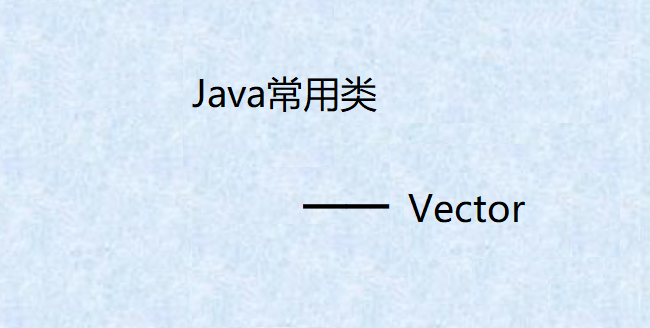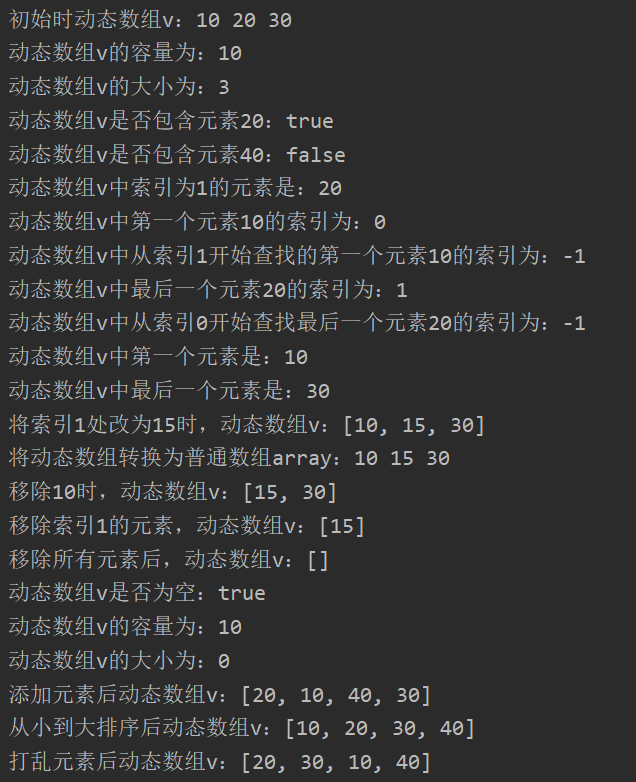
Java常用类(Vector)
今天给小伙伴们介绍Vector类,Vector是Java专门用于处理动态数组的类,和C++中的vector容器相同。里面也内置了许多常用的算法,在刷题时常常使用它。
Vector类
1 | package demo01; |

Java小结
当然了Vector的相关操作还有很多很多,在这里也不可能一一讲解,但是常用的一些操作都已经介绍,尤其是isEmpty,size,add,contains,get,indexOf索引和遍历这些操作,是笔试,面试中的重中之重,有了Vector容器,使得我们写代码时更加方便,请小伙伴们务必放在心上。